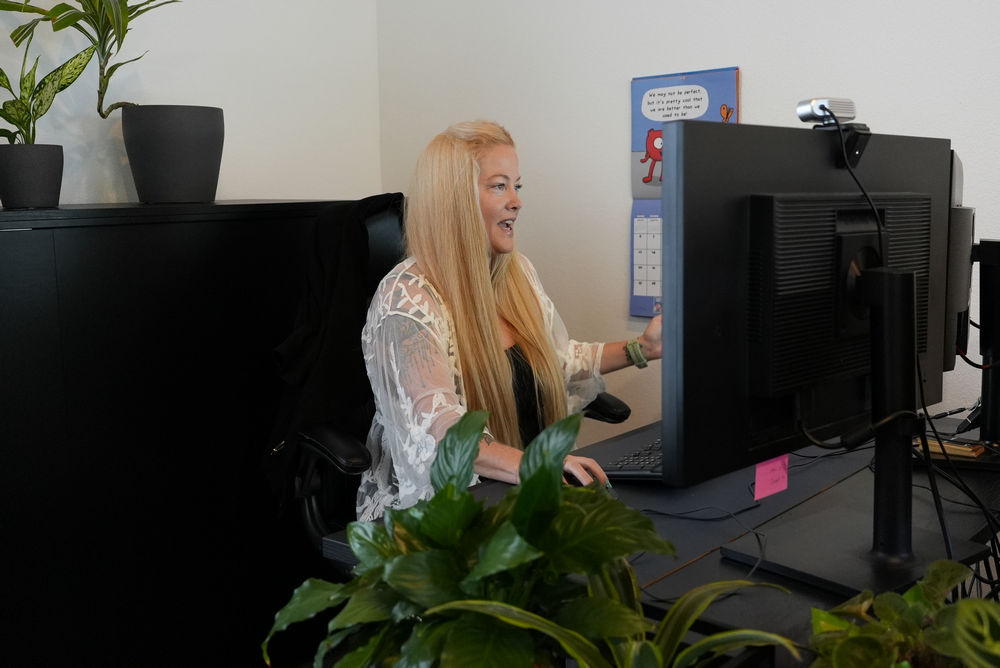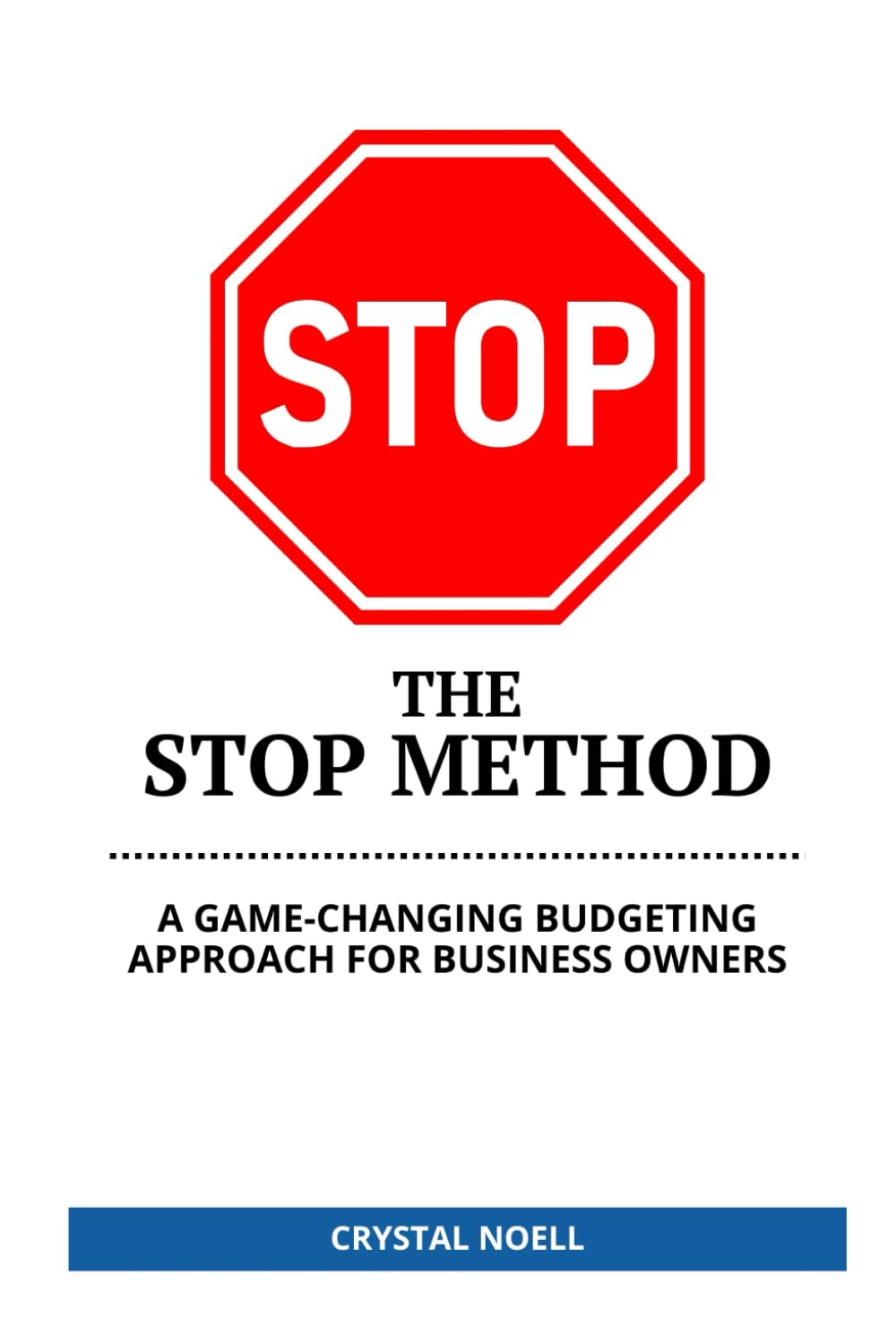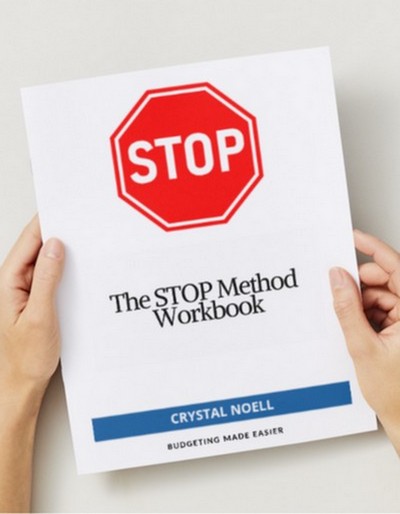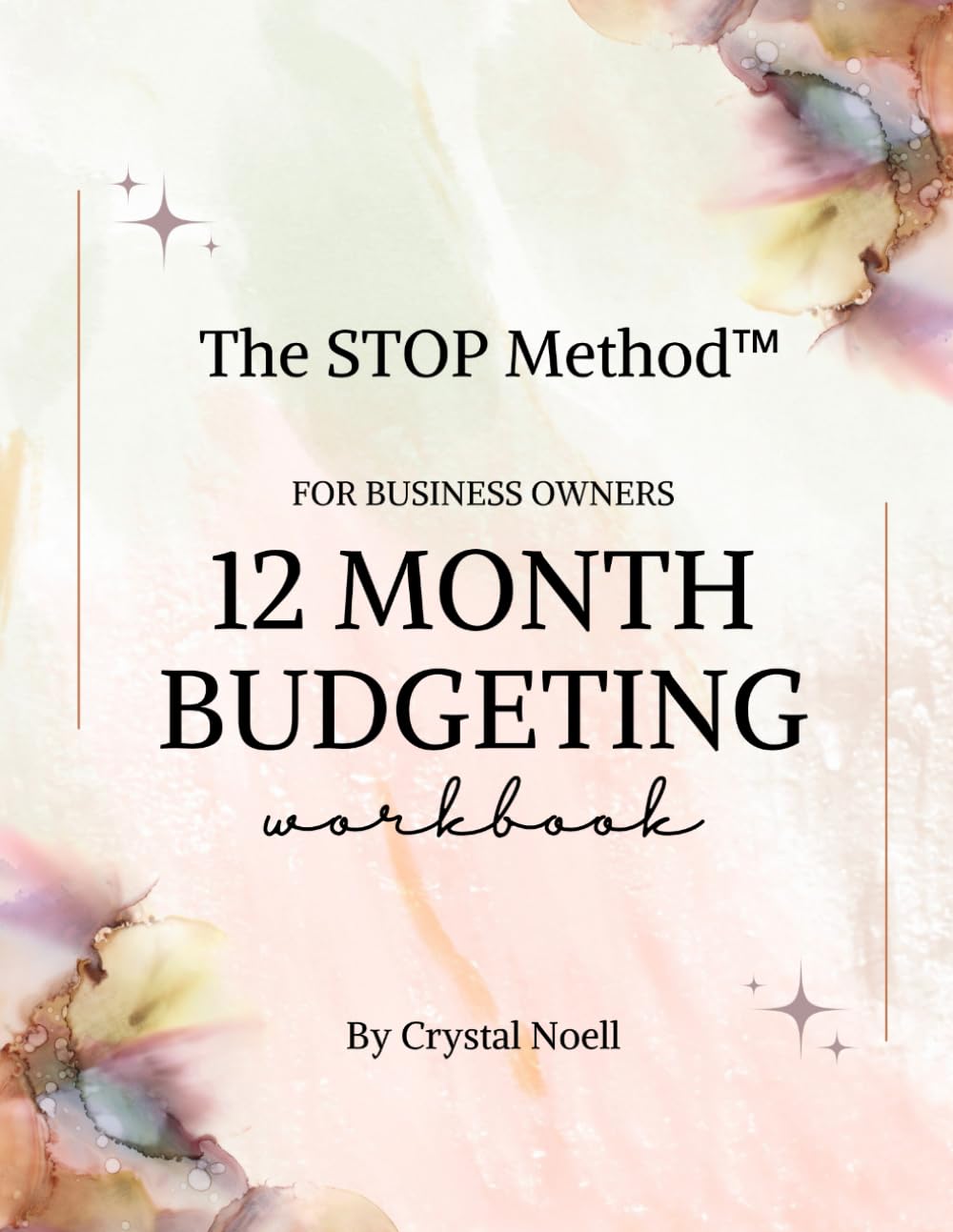
You hit your sales goal. The revenue’s coming in. So why do you still feel broke?
This is one of the most frustrating moments for a business owner. You’re doing everything “right” on paper, but behind the scenes, your bank balance is still tight, and you’re wondering where all your profit went.
That’s why I created the EPI Formula: Expenses + Profit = Income. Because the real goal isn’t just to sell more. It’s to make sure your sales actually support your business and building cash reserves.
What the EPI Formula Really Means
E is for Expenses
This is not just what you’re paying in bills, it includes everything it takes to keep the doors open and stay operational. That means:
- COGS (Cost of Goods Sold) – all your direct fulfillment costs
- Overhead – software, rent, insurance, subscriptions
- Loans – debt payments or credit card minimums
- Owner Pay – salary or draws that show up on your balance sheet
Together, these are the true costs of running your business.
P is for Profit
Profit isn’t “extra.” It’s the cash reserves you need to build a solid financial foundation. I recommend adding a 50% profit multiplier to your expense total so you’re not operating broke even. This ensures you’re funding:
- Savings (3 to 6 months)
- Taxes (annual liability, paid quarterly)
- Operations (monthly expenses)
- Profit sharing (bonus for your whole team, paid quarterly)
Your business should build cash reserves, not just struggle to cover costs.
I is for Income (aka your Sales Goal)
Add your total Expenses and Profit together, and that’s your real sales goal. When you price and sell from this number, you stop operating in survival mode and start creating sustainable growth.
The Hidden COGS Mistakes That Derail Your Strategy
Most business owners don’t fully understand their COGS and that’s where the strategy breaks down.
COGS includes:
- Inventory or raw materials
- Packaging and outbound shipping
- Merchant fees tied to sales
- Labor required to fulfill your offer
These costs are variable. That means they increase as you sell more, and they change throughout the year. If you’re not tracking these trends, you risk undercharging or overbuying, both of which bleed your profit dry.
Why EPI + COGS Must Be Aligned
You can’t price correctly using the EPI Formula if your COGS is just a guess. When COGS is outdated or inaccurate:
- You undercharge and squeeze your margins
- You overbuy inventory you can’t afford
- You wonder why cash is low, even when sales are high
But when you integrate COGS into your EPI budgeting process:
- You set prices that reflect your true fulfillment costs
- You raise prices proactively when COGS increases
- You stop “hoping” for profit and start planning for it
Final Thoughts from Your Favorite Bookkeeper 🧡
The EPI Formula only works if your COGS are accurate and your bookkeeping is clean. If you don’t know your numbers, your pricing is based on emotion, not data.
✅ Want hands-on help? My team of certified QuickBooks Online Bookkeepers can get your accounts cleaned up, your COGS clarified, and your sales goals aligned with reality.
📚 Prefer to DIY? Grab my workbook, it’ll walk you through how to calculate your COGS and build a pricing model that supports your future.
👉 Because at the end of the day, cash flow isn’t luck, it’s strategy.



